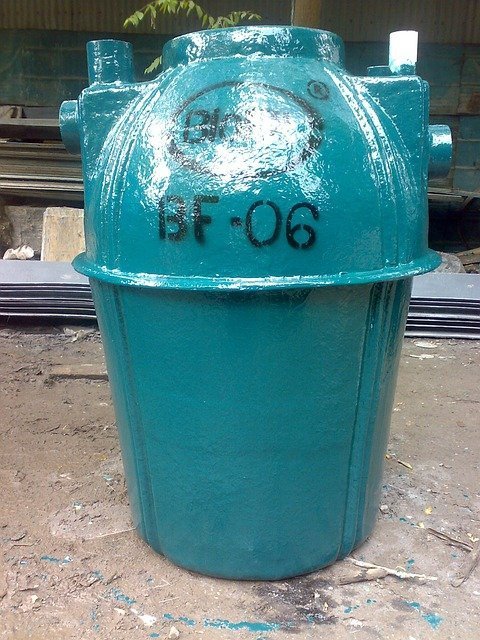
The size and type of tank needed are some of the most common factors considered when building a new septic system. In the United States, private sewage disposal is becoming more common, with 33% of newly-built homes opting for onsite wastewater treatment. With this trend in mind, it’s always recommended that you connect with the top septic tank repair company in Sonoma County before time runs out.
Determining the Size of the Septic Tank
The least costly option for handling residential wastewater is septic tank systems combined with a soil absorption system or a drain area. The size of the septic tank you’ll need is mostly determined by the size of your home and the number of people who will be living there. Septic tanks for homes typically vary in size from 750 to 1,250 gallons.
Basics to Know About Septic Tanks
A septic tank is a self-contained system for storing domestic drainage. Let’s talk about the parts included in the system.
- The tank and drain (or soil absorption field) are the two main components of the device.
- Solid waste sinks to the bottom of the tank after joining it, forming the sludge coat.
- The scum coating on top is made up of oil, grease, and soap remnants.
- The middle layer is made up of wastewater, also known as effluent.
- The effluent leaves the tank and reaches the drain area, where it is drained into the earth as the tank fills.
Septic Tanks Come in a Variety of Shapes and Sizes
In residential construction, there are three kinds of septic tanks concrete, polyethylene/plastic, and fiberglass.
Concrete septic tanks are the most common, but they require heavy equipment to build due to their weight. Polyethylene and fiberglass are one-piece units that are also smaller. This makes them perfect for isolated and difficult-to-reach areas.
Check with the municipal construction department on onsite wastewater disposal codes and laws before purchasing a septic tank system.
Septic Tank Proportions
The size of the septic tank you’ll require depends on a variety of factors. Here are the factors you must consider:
- Size of your residence
- Number of apartments
- Number of people living there
Based on the number of bedrooms and square footage of the residence, the bulleted list below reflects estimated septic tank sizes.
- For households under 1,500 square feet and one or two bedrooms, a 750-gallon septic tank is suggested.
- For households with three bedrooms and less than 2,500 square feet, a 1,000-gallon septic tank is recommended.
- For four-bedroom homes under 3,500 square feet, a 1,250-gallon septic tank is suitable.
Consult the Experts
Before purchasing a septic tank system, discuss the various septic tank solutions available with a certified plumbing contractor. Make sure you deal only with the best septic tank repair companies in Sonoma County.
Local building codes can differ from one area to the next. So, to be confident in your needs, consider calling Just-in Time Septic Pumping Services at (707) 824-2837.
